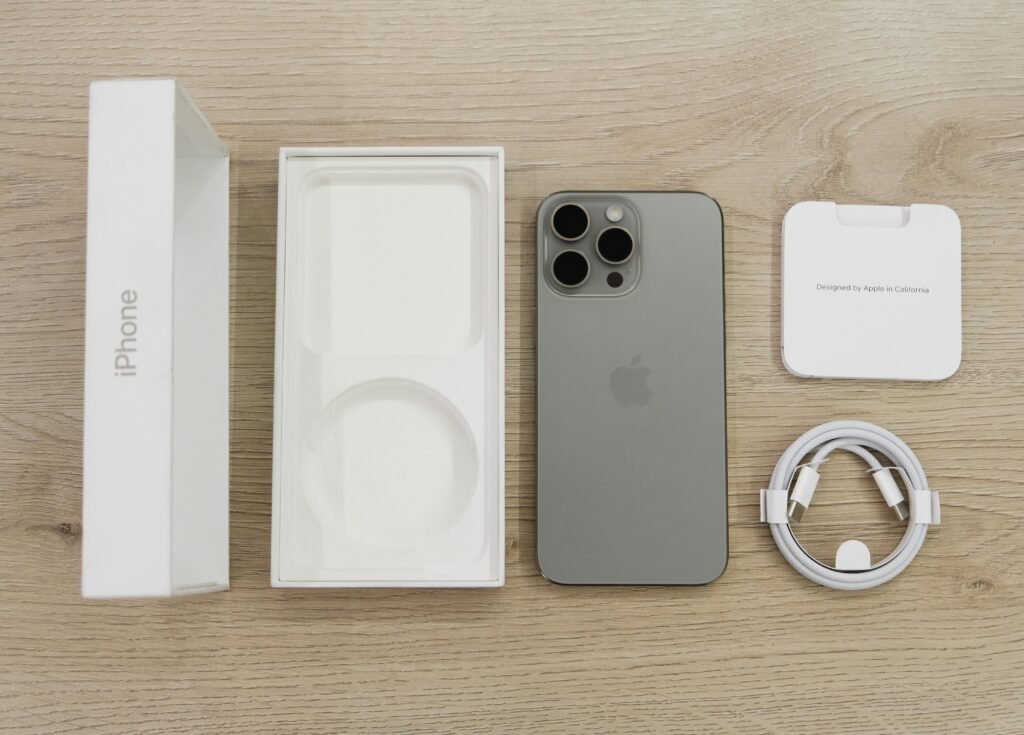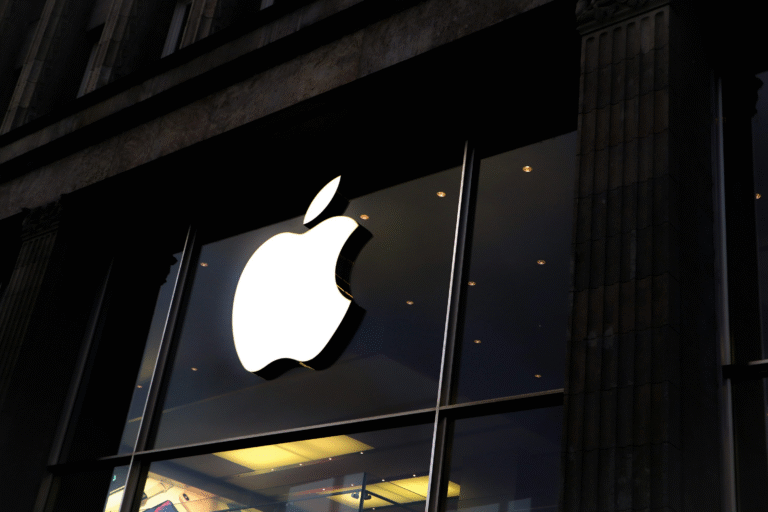
Apple’s iPhone design was once revolutionary. The clean lines, intuitive interface, and focus on user experience set a new standard for smartphones. But in recent years, some critics argue that Apple’s design philosophy has taken a turn – a shift towards incremental changes rather than groundbreaking innovation. Why the slowdown? Let’s delve into the reasons behind Apple’s seemingly cautious approach to iPhone design:
- The “If It Ain’t Broke, Don’t Fix It” Mentality: Apple has a well-deserved reputation for creating user-friendly, reliable products. The current iPhone design is undeniably successful, offering a familiar form factor and a user experience honed over years of iteration. This focus on user comfort can make Apple hesitant to introduce drastic changes that might disrupt the user experience or require a learning curve for existing customers.
- The Saturation Point of Smartphone Design: Let’s face it, there’s only so much you can do with a slab of glass and metal. The basic form factor of the smartphone has reached a point of diminishing returns in terms of radical design changes. Folding phones and under-display cameras are intriguing concepts, but they’re still evolving technologies with drawbacks. Apple might be waiting for these innovations to mature before taking a big design leap.
- Prioritization of Refinement Over Revolution: While the overall design might not be undergoing radical changes, Apple is still innovating. They’re constantly refining materials, improving camera systems, and integrating new features like advanced displays and faster processors. This focus on internal innovation might overshadow the external design changes some users crave.
- The Cult of Apple: Let’s not forget the loyal Apple customer base. These users appreciate the familiar design language and ecosystem that Apple has cultivated. Drastic design changes could alienate this core audience, a risk Apple might not be willing to take.
Is This the End of Design Innovation for Apple?
Apple’s current approach might seem conservative, but it’s a calculated strategy. They prioritize user experience, reliability, and a focus on internal innovation, all while catering to a loyal customer base. However, this doesn’t necessarily mean the end of bold design choices. Here’s what we might see in the future:
- Incremental Innovation with Impact: Expect Apple to continue refining the current design, pushing the boundaries of materials, display technology, and camera capabilities. These seemingly minor changes can have a significant impact on user experience.
- Strategic Disruption: Apple might surprise us with a truly groundbreaking design shift when the right technology emerges. Folding phones or under-display cameras could be the catalyst for a new design language, but Apple will likely wait until these technologies are mature and offer a clear user benefit.
- Diversification Within the iPhone Line: Apple might introduce more variation within the iPhone lineup, catering to different user preferences. This could involve offering a wider range of screen sizes or designs that cater to specific user needs.
Only time will tell what the future holds for iPhone design. While Apple might not be making the radical changes some users crave, their focus on user experience and calculated approach to innovation continues to be a recipe for success. The iPhone might not be the most revolutionary device on the market anymore, but it remains a testament to Apple’s ability to create user-friendly, reliable products that resonate with a massive audience.








